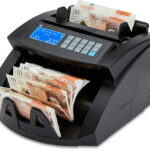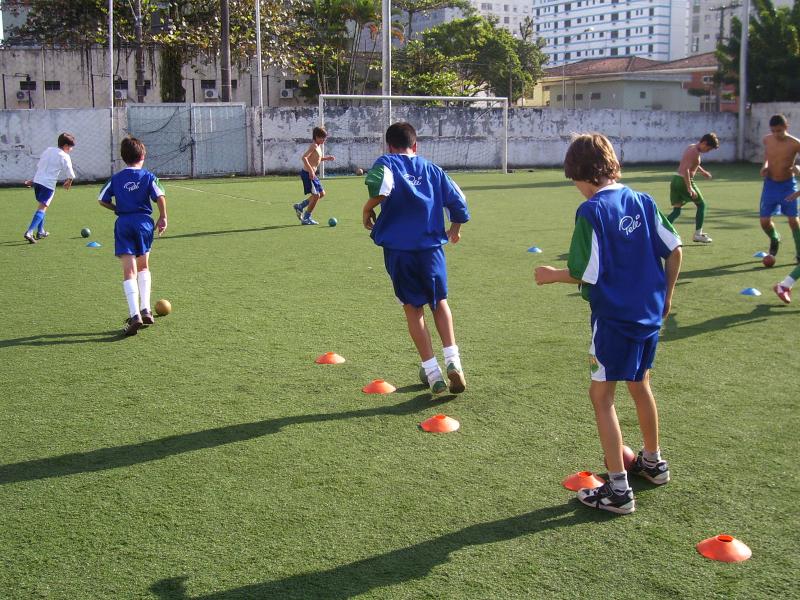In addition to being mandatory, the motorcycle helmet is the best protection in the event of an accident. Just wearing it reduces the chances of death by 30% and a serious head injury by 40%. But there are many types of motorcycle helmets and not all of them protect the same or have the same benefits.
There are different types of motorcycle helmets because their design has evolved over time from models that today we consider a challenge to modular and full-face helmets, which offer maximum protection. But these changes are also due to aesthetic issues. If there is one motorcycle garment that can be customized, this is the helmet.
At present, we can distinguish five basic groups of helmets, within which we can even establish subcategories. They are as follows:
Retro Helmets and Calimeros
They are basic helmets with a very low level of protection in most cases. They do not cover the face or the neck and in the event of an accident, they will not protect us too much. They are the least recommended types of motorcycle helmets in terms of safety but the most comfortable to put on and take off.
In this case, they are usually bought more for their design than for their benefits. Fortunately, today there are models that allow you to combine both worlds so that wearing a helmet with a classic design does not have to be less safe.
The alternative is the so-called calipers or handbills that basically serve to that: remove fines but not to offer an adequate level of protection. Also, calipers are not even legal.
Jet Helmets
The level of protection of this type of helmet is also low, although they do protect both the nape and the area of the ears, although not the face – except for those that include a screen, although it does not usually withstand strong impacts.
These types of motorcycle helmets are common in the city and for scooter riders. Among its advantages are its small size and its lightness. A more urban and versatile design also plays in its favor.
Full Helmets
These are the most common because they are also the ones that offer the highest level of protection. As their name suggests, they are made up of a single piece that cannot be disassembled. They protect the entire face and chin and are best suited to the head.
In terms of security, they are the most recommended. Of course, there are many prices and ranges, also depending on the material.
Modular Helmets
Its level of protection is high, although it is one notch below the full-face helmet. They are helmets with a folding chin that, if necessary, can be transformed into something similar to a jet helmet. Although it is not allowed to ride with the chin open, the possibility of folding it down is very useful for stops on long trips, where it will not be necessary to remove the entire helmet.
The great downside of these types of motorcycle helmets is that, in order to have this mechanism, they are also heavier than a full-face helmet.
In recent times, multi-modular helmets have emerged on the market that offers more options depending on whether the modules are assembled or disassembled. In this case, security will be less and will depend, above all, on how the helmet is finished mounting.
Off-Road Helmets
At this point, we can include trial, enduro, and motocross cases. Although in many cases their design is reminiscent of the jet helmet, only with a visor, their level of protection is higher and quite good, since they are specifically designed for the practice of sports, where safety is key.
Those helmets are designed for sports and offer a wide field of vision and good ventilation, but they are not especially suitable for road trips, where there are better options, starting with full-face helmets.
Approved and Certified Helmets
To be able to ride a motorcycle, your helmet must be approved. The European Union distinguishes four types of helmets approved for circulation. They are as follows:
- «J» or «Jet» approval: Helmets approved for circulation (without maxillary protection).
- “P” or integrals: Helmet approved for circulation (with integral maxillary protection), as long as you ride with the chin guard closed in the case of modular ones.
- “N / P” (Non-protective, that is, with non-integral maxillary protection): The chin guard must be closed in the case of modular ones.
- “P / J”, helmet with double homologation, for driving with open or closed chin guard.
Types of Motorcycle Helmet by Materials
Beyond its aesthetics, we can also classify the types of motorcycle helmets based on the materials with which they are made. As often happens, they are more expensive and cheaper, but also more and less safe.
These are the most common materials:
- Polycarbonate or thermoplastic resin helmets: They have good mechanical properties in terms of energy absorption and rigidity and their useful life is approximately five years. After that time the materials begin to lose properties and it is convenient to replace them with a new one.
- Fiberglass hulls: They are hard and resistant. It is the material that best absorbs shocks.
- Kevlar helmets: It is often combined with other materials. Kevlar resists abrasion very well.
- Carbon fiber: They are the most resistant and also the lightest.
According to an OCU study, materials do not have as much impact on helmet safety as might be thought and the reality is that the best helmets combine materials to take advantage of the best of each of them.
You can also find a so-called Bluetooth motorcycle helmet in the market. This type is designed to ease riders’ lives by allowing them to stay connected with other riders, get GPS directions, listen to music, take calls, etc. with the integrated Bluetooth technology.

 Unveiling the Artistry of Riddim DJs: Architects of Sonic Innovation
Unveiling the Artistry of Riddim DJs: Architects of Sonic Innovation  ماكينات عد الفلوس: تحسين فعالية إدارة الأموال
ماكينات عد الفلوس: تحسين فعالية إدارة الأموال  A Deep Dive into Google Flights
A Deep Dive into Google Flights  Navigating the World of Making Money Online: Insights from the Make Money Online Reddit Community
Navigating the World of Making Money Online: Insights from the Make Money Online Reddit Community 


